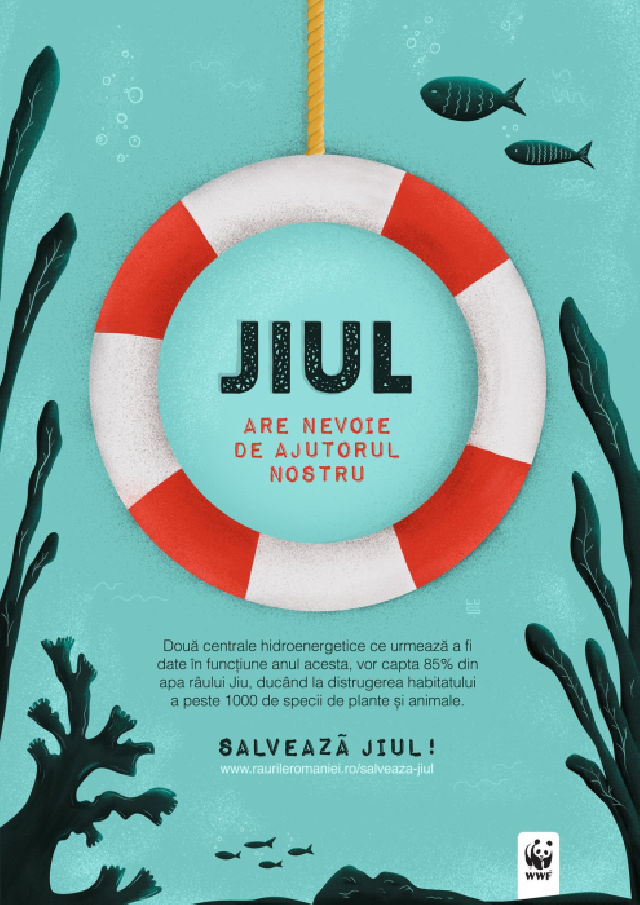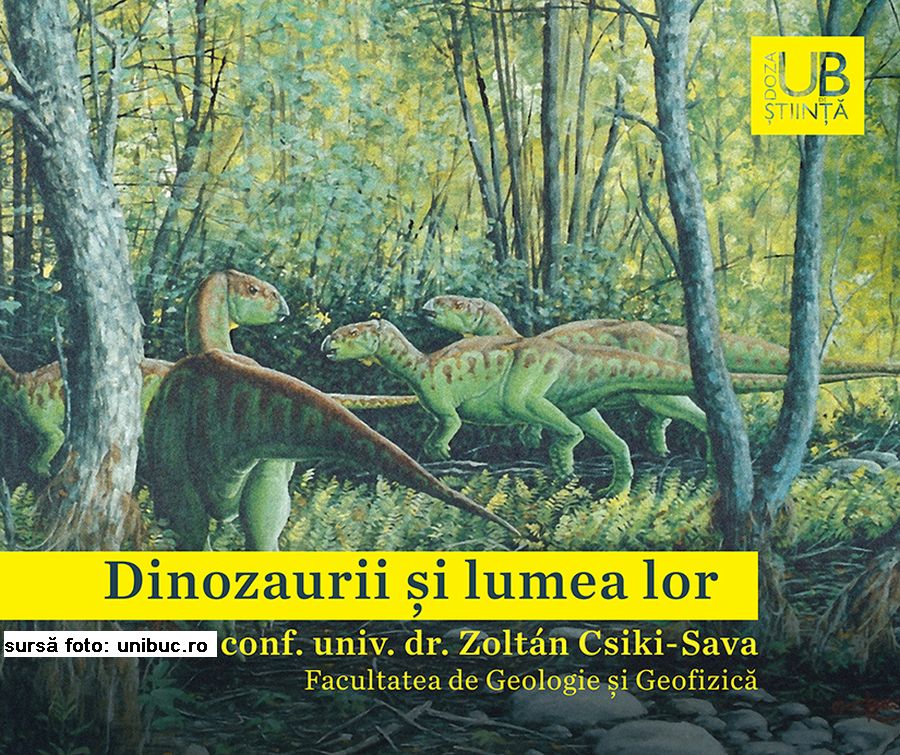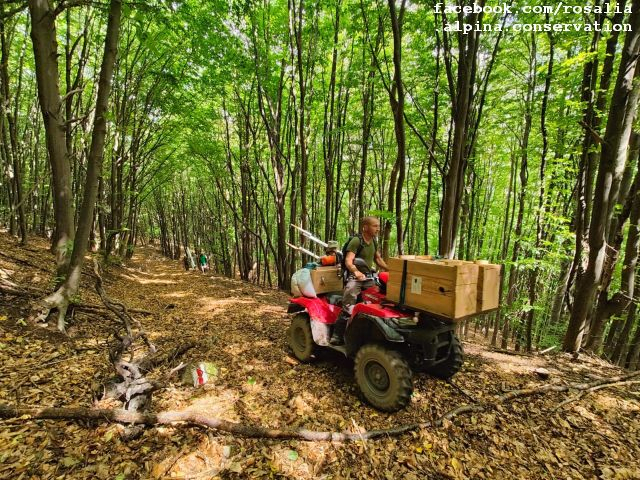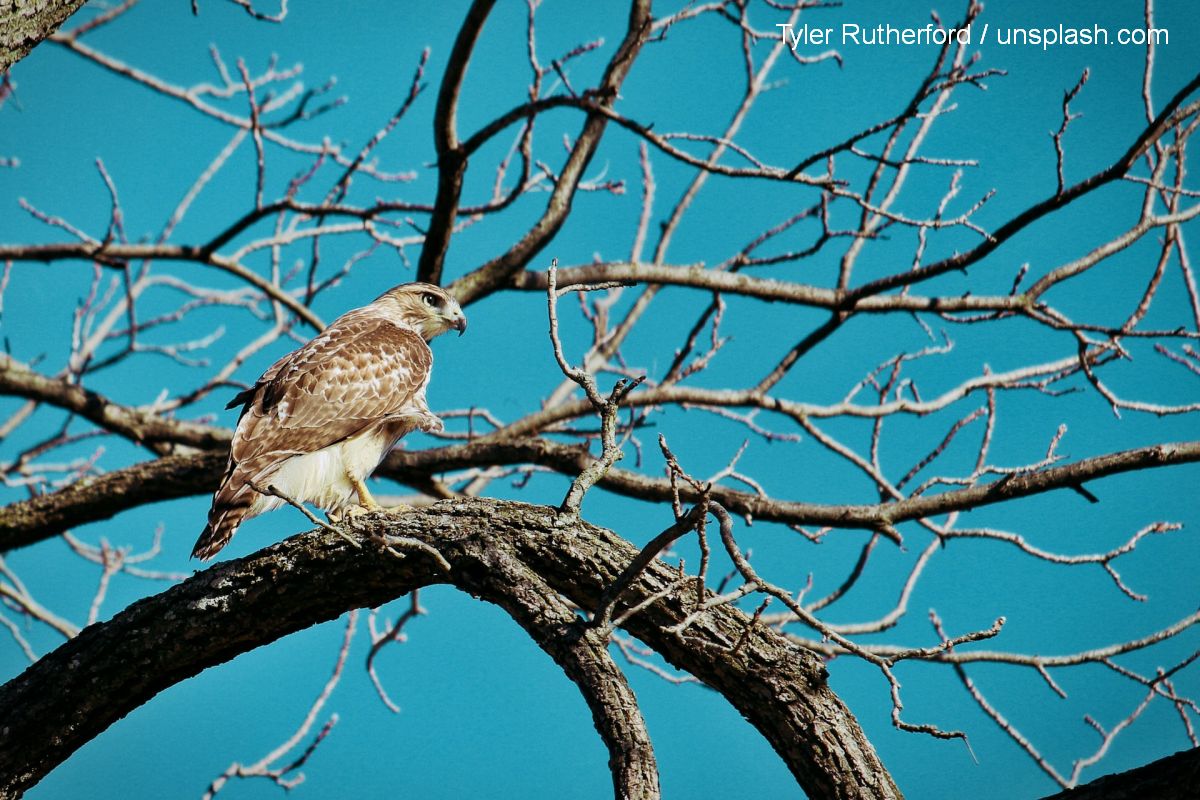The Green Planet
An app for the protection of rivers

România Internațional, 23.02.2018, 12:58
Worried by the irreversible
negative effects of building micro-hydropower stations on mountain rivers,
environmentalists have launched a free interactive map and an app that allows
anyone to contribute to the protection of rivers where such plants are built.
The app was created by WWF Romania in association with ESRI Romania, in an
attempt to draw attention to the fact that these hydropower projects are
destroying unique and valuable mountain ecosystems. Rivers are dried and
reduced to a trickle of water, while valleys that used to be green are now
filled with building site waste and thick metal pipes.
For years now,
micro-hydropower plants have become a business of choice because they can be financed
using European funds and yield high profits with the use of green certificates.
Diana Cosmoiu, national policy coordinator for WWF Romania, explains:
We created this
interactive map in order to show the impact of hydroelectric projects on
Romanian rivers, especially those with a high environmental value. So far, no
such instrument has been available to the public, one that is both complex and
easy to use. The app superimposes the locations of these hydropower stations
over the maps of protected areas, highlighting rivers that are important from
an ecological point of view. There are only a few rivers left in Romania that
have not been affected by hydroelectric facilities and other types of projects.
Apart from hydroelectric projects, there are also hydrotechnical projects that
interfere with the course of the rivers and have an environmental impact by
breaking up rivers, affecting the sediment and the migration of fish.
The application can also be
used on a smartphone, as Diana Cosmoiu from WWF Romania details:
This app provides nature
lovers, NGOs and anyone interested in such investments with information on the
location of hydropower stations in relation to protected areas and
environmentally important rivers. At the same time, nature lovers and NGOs can
contribute to the protection of rivers by contributing new information gathered
in the field. The map provides technical data about a certain hydropower plant,
such as capacity and when it became operational. We can look up a specific
river and see if there are any installations on it. We can also do all sorts of
searches, by county, for example, or we can look up a certain investor. Locals
who live around a hydropower station and people passing through the area, such
as researchers, anglers and tourists, can access the map on their phones, and,
using an app incorporated into the map, can upload information from where they
are into the map. The information is reviewed by WWF, and, if verified, is
incorporated into the map.
One case that was recently in
the media is the hydropower project in the Jiu Gorge National Park, in
south-western Romania, which is to use 85% of the capacity of the Jiu River.
Both the investor and the authorities have ignored the European legislation on
nature conservation. There are many more such examples, to be found even in
protected areas and these practices must be put an end to, the
environmentalists say. Diana Cosmoiu WWF Romania:
There are hundreds of
installations that have been obstructing our rivers for decades. Many of them,
around 100, do not appear on our map for lack of information. Some are very old
projects, even clogged in some cases and therefore do not produce any power,
but they still block the rivers and affect the local flora and wild life.
What’s important is not the number of such projects, but their location. If you
look at the map, you’ll see that it’s precisely the areas with high
environmental value, high up in the mountains, that have the greatest potential
to produce electricity, due to a high altitude differential, and these are the
places in which investors are interested.
Romania is not the only
country in Eastern Europe that faces such problems. Drava, a river in Croatia
that flows into the Danube and which forms part of the EU network called Natura
2000, is threatened with the building of two large hydroelectric plants. Plans
to build a hydropower plant also exist for Hron river in Slovakia, in spite of
the fact that the middle section of the river has recently become a Natura 2000
site to improve the conservation of its fish species.






























